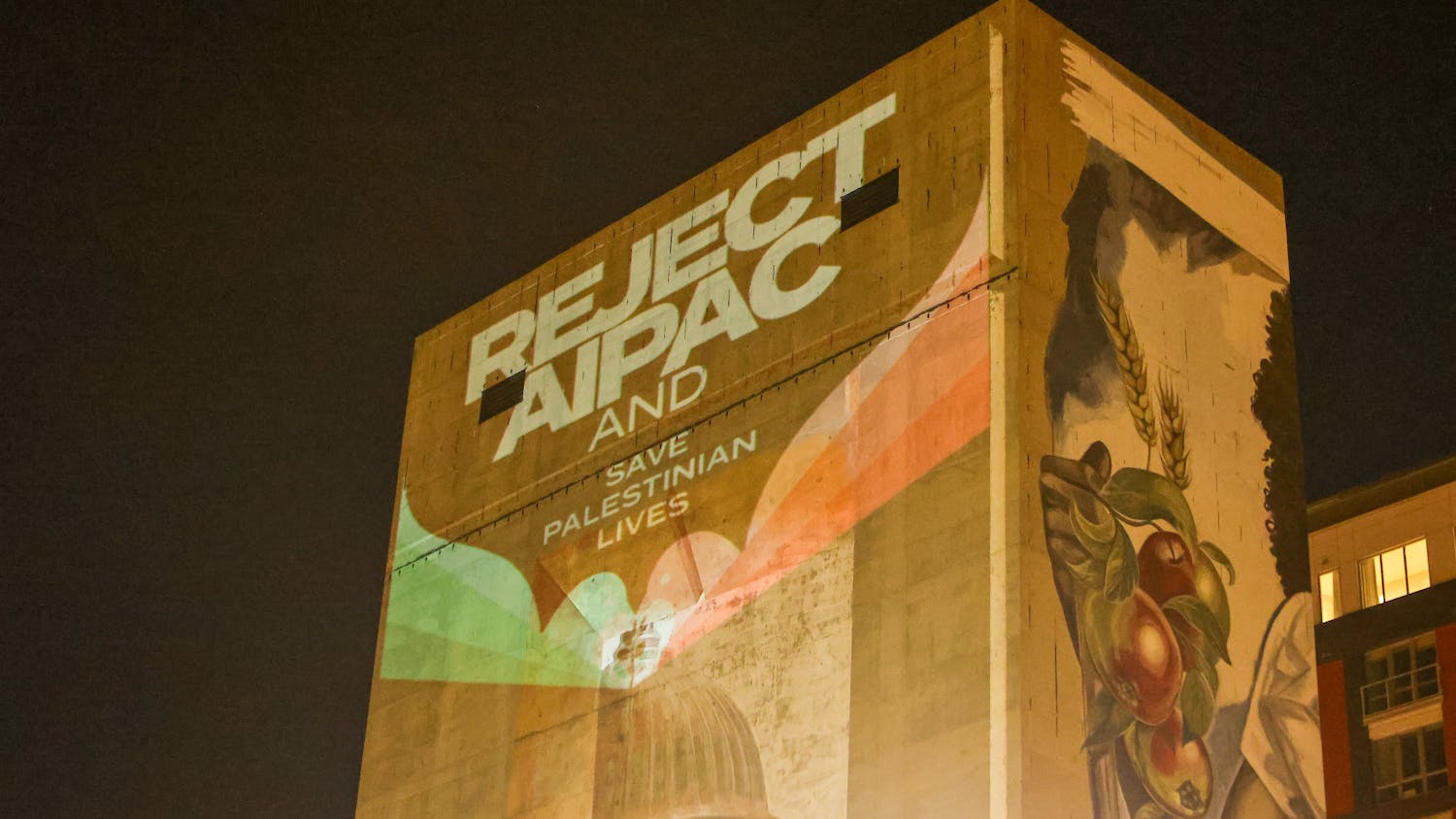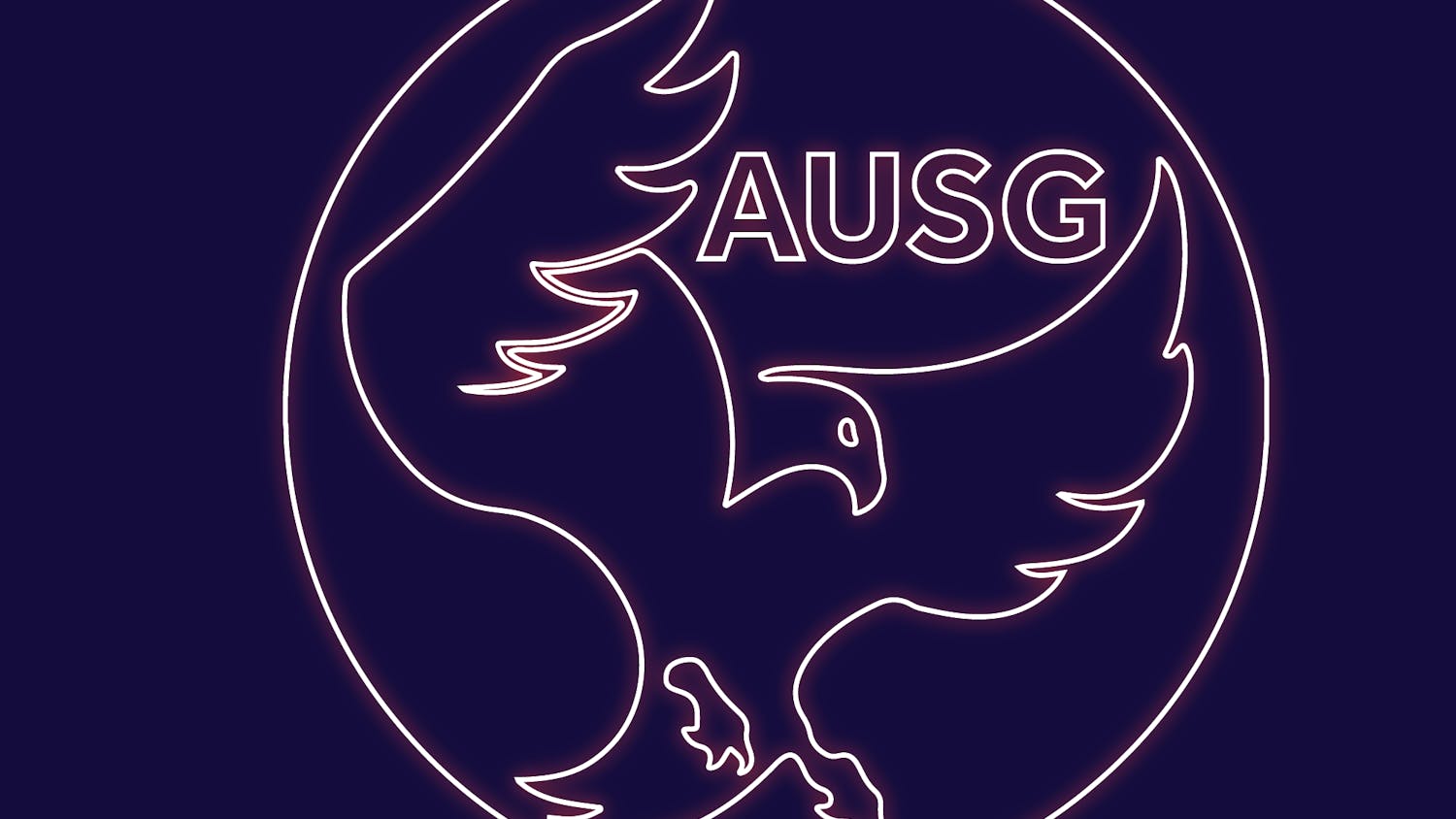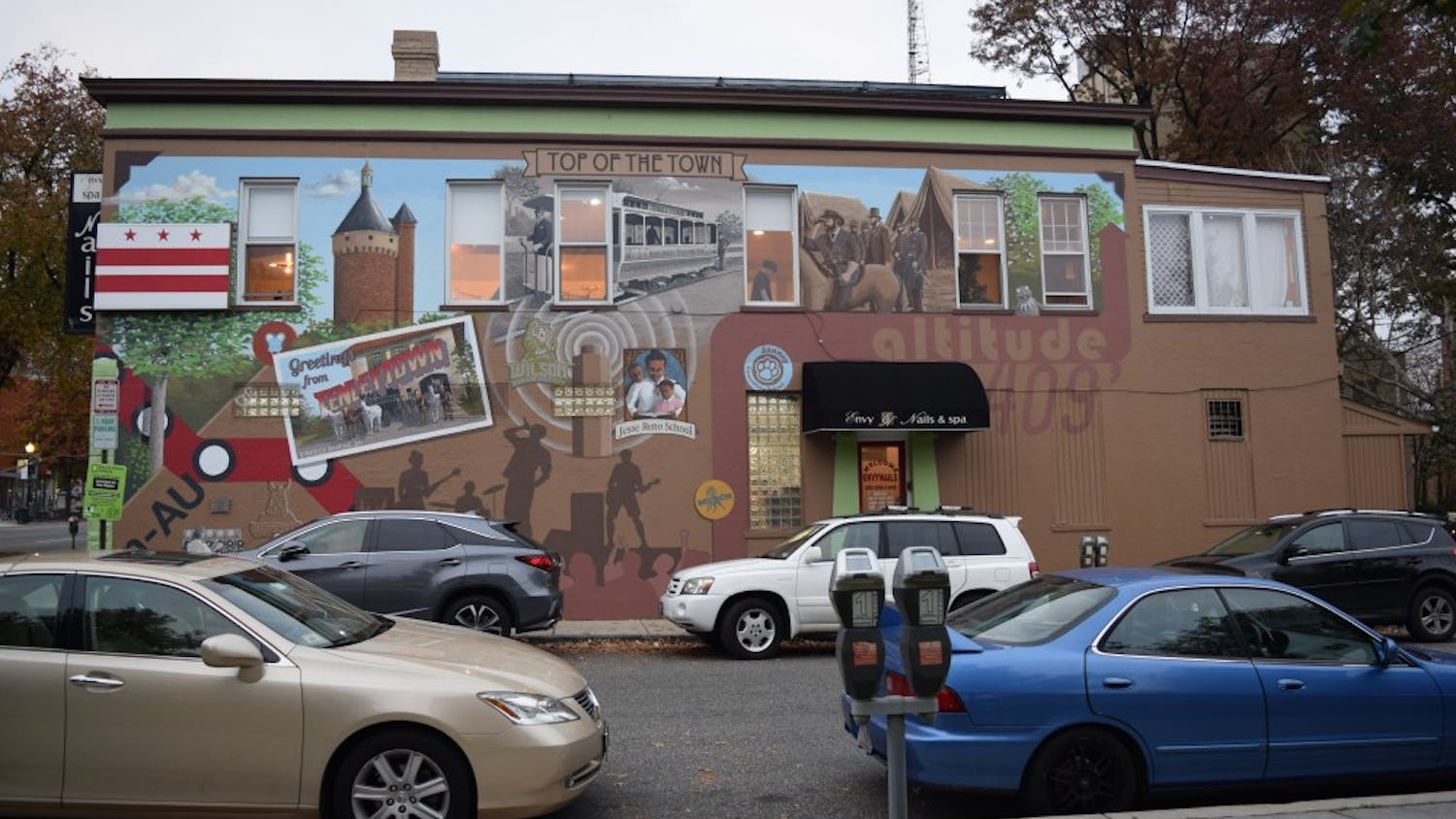When Viola Irvin applied to American University her senior year of high school, she knew that it was a predominately white university, but it was more diverse than some of the other schools she was considering and actively marketed its large international population.
However, when she attended a "multicultural overnight" sponsored by the Office of Multicultural Affairs, aimed at attracting minority students, she said that some of the current students gave the prospective students staying with them a negative perception of the campus in terms of diversity.
AU has found itself in a paradoxical situation. While the school has earned praise and accolades for actively seeking to build a diverse "global" community as part of its mission statement, a more selective admissions process, rising costs and changing political and economic environments have resulted in a decline in the number of international and domestic minority students. In addition, some students cite the school's failure to foster programs or hold seminars addressing diversity and students' attitudes toward it.
Accrediting committees and outside observers have commended AU for its living up to its mission statement, said Karen Froslid Jones, director of AU's Office of Institutional Research and Assessment. During last year's Middle States reaccreditation, the accrediting committee praised AU for its efforts in recruiting and hiring diverse groups of students and staff members.
Irvin, now a sophomore in the College of Arts and Sciences said, "AU is as diverse as you want it to be."
She said her friends at AU are extremely diverse, and come from a variety of racial, ethnic and socioeconomic backgrounds.
Irvin said that some of the negative perceptions of AU's community persist because people give credence to the stereotype that everyone at AU is rich and white, which isn't true. Students then adopt these attitudes and transmit them to future classes.
"Some black people on campus will complain about diversity, but they're the ones who only hang out with other black people," said Irvin. "Diversity is what you make it to be. Do you only want to hang around people like yourself?"
Comparing statistics on AU's website for the fall of 2004 to statistics from a 1999 report by the Middle States Review Committee, the percentage of international students declined from 12.8 to 6.4 percent of the total undergraduate population. The percentage of African-Americans decreased slightly, from 7.2 to 5.8 percent, Asian Americans increased from 3.8 to 4.8 percent, and Latinos decreased from 5.2 to 4.6 percent of undergraduate students.
But these statistics do not mean that AU is becoming less diverse, Froslid Jones said. For instance, she attributes the quick decline in international students, starting in 2002, to the post-9/11 climate in the U.S. and the economic situation of individual countries.
AU also has become more selective during the past four years, she said. Average SAT scores have increased, and the school is pulling from a more competitive pool of students. The rising cost of attending AU may also have discouraged minority students from applying, and, as a result, being accepted to the university.
Irvin thinks that AU is doing the best job it can to ensure there is diversity on campus. She said that before people judge the school, one needs to look at how many minorities are applying there.
"If only 10 percent of those applying are domestic minorities, at most, there will only be 10 percent at the university," she said. "Of those who do apply, how many will actually get in? Then, once they get in, how many will actually accept the offer to study at AU? So the number tends to be smaller."
What AU does right, Froslid Jones said, is keep the minority students it does accept.
"AU is above and beyond most other institutions in retaining students of color," she said.
Data from AU's website shows in 2004 the overall three-year retention rate was about 71 percent, while three-year retention rates for domestic black, Latino and Asian students were about 75 percent.
AU actively promotes cultural and educational learning activities, says Lorenley Baez, Assistant Director of Multicultural Affairs, with many programs for domestic minority students.
Multicultural Affairs is focused on two goals: promoting diversity on campus, and advocacy for minority students, Baez said.
The office works with all ethnic and cultural clubs and historically black and Latino organizations. The office also runs a mentoring program called Leaders Who Inspire and Foster Positive Transitions, which tries to bridge the gap between current students and alumni of color, she said.
"We're trying to make sure all the departments are involved in promoting diversity," Baez said. She said Former AU President Ben Ladner named diversity as part of his "15 Points" plan because he recognized it is important to try and understand different perspectives.
But some students say that more needs to be done to address students' attitudes to diversity, or it will not matter how committed administrators are to the cause.
"If the student body doesn't give a damn about diversity, there's going to be no progress," said Brett Wilson, a junior in CAS.
Wilson said that the entire AU community needs to be aware of the problems with diversity and be willing to address them. He said that the administration and the Board of Trustees are doing the best they can, but are only drawing from a homogenous pool of people with certain ideas.
Wilson added that some students may not want to discuss physical or cultural differences because they feel that they have rehashed the same talking points, but the AU community has yet to undertake campus-wide programs or forums addressing important issues, like interracial dating.
Wilson said he noticed some AU students' prejudices when he started dating a white female student. Though he had dated people of other races while attending high school in Texas, he said he that AU was the first place he felt it was a problem.
"The kids from here claim to be so diverse and so accepting, but let's make it real," said Wilson. "We say we're on point with this and that, but we can't accept two people of different races dating."
Wilson said that some students stopped talking to him because he had a white girlfriend. He said that, sadly, he knows of other people who like people of other races, but they don't date them because they feel pressured by members of their own racial or ethnic communities.
Wilson said education is the first step to solving such problems, but it is only through discussions of identity that all minority communities, whether racial, religious, sexual, or socioeconomic, can educate others and introduce new viewpoints.
Ebony Duncan, president of the Black Student Alliance, said she has seen "a lot of growth" in many areas of diversity. Duncan, a junior in the School of Public Affairs, said it was harder to see cultural and physical diversity on campus her freshman year, but now it "seems like the university is actively recruiting minority students."
Duncan said that even though she thinks AU has done a lot, there is always room for improvement. She said that one of the toughest things that she faces as part of the Black Student Alliance is that members of the community feel they do not need to come together or get involved at the university.
Duncan said that BSA is now trying to encourage its members to participate in other campus events and promote a sense of unity among all students on campus. For example, this month, BSA will co-sponsor a mixer and a forum on racial identity with the Latino and American Student Organization.
"There's no point of trying to push diversity if you're not going to enrich AU's community by getting involved," Duncan said. "You can't do that by only sitting in your room or going to class."
Duncan said that alumni involvement is crucial, both for providing more money to fund scholarships for minorities and in reaching out to current students. She said that if students don't have a resource to talk to or encourage them, they are less likely to get involved in the campus community.
She said another hindrance to making progress at AU is that student organizations targeting the same groups of students will often schedule events on the same night, such as when the historically black fraternities and sororities plan things that conflict with BSA events. Duncan said that a more effective way would be for all ethnic and cultural clubs to use the Multicultural Affairs Office as a resource and a vehicle of communication between groups.
In the end, it depends on the involvement of the entire AU student body, Duncan said. Regardless of race or other dividing factors, the needs of the community should be met, alumni involvement and donations need to increase and AU needs to find other means to work around cost issues to recruit minorities and economically disadvantaged students.
"I think we can truly diversify AU's campus," Duncan said. "But it's going to take a united effort"




